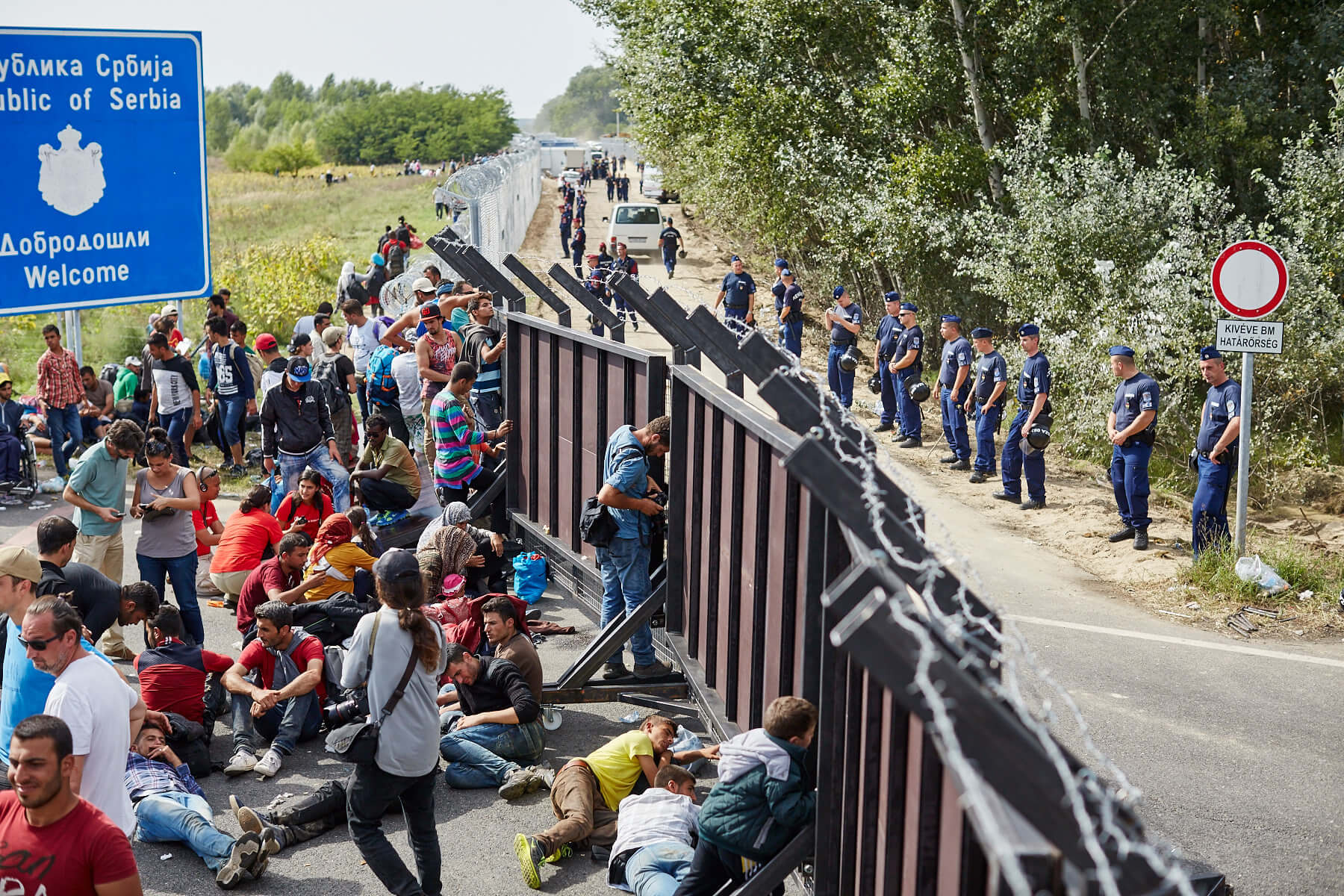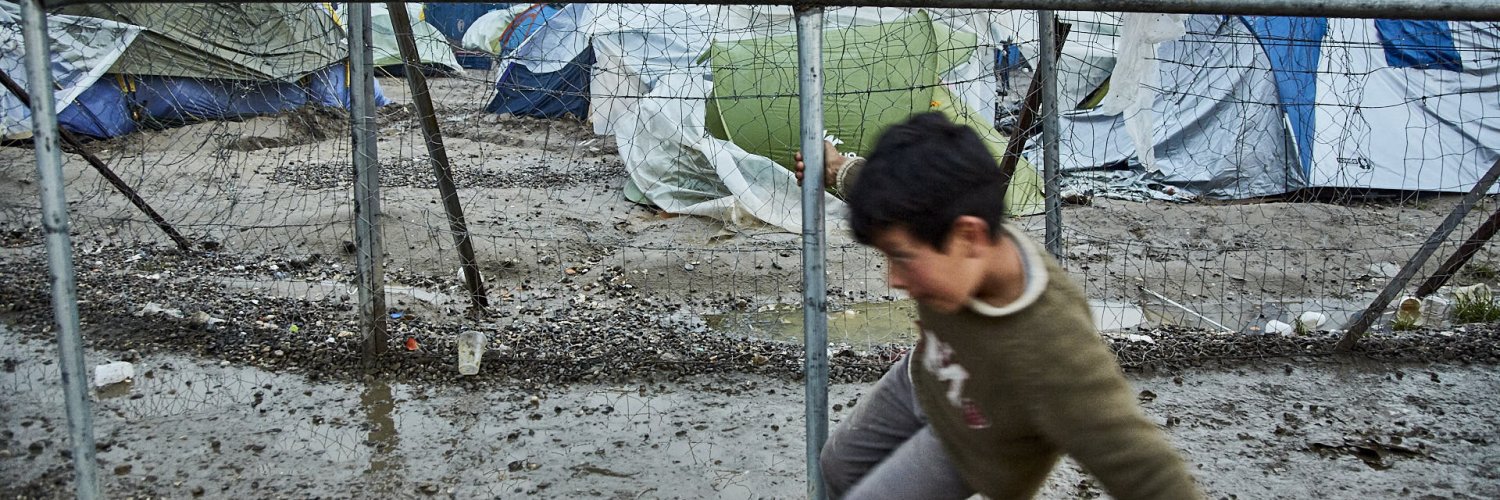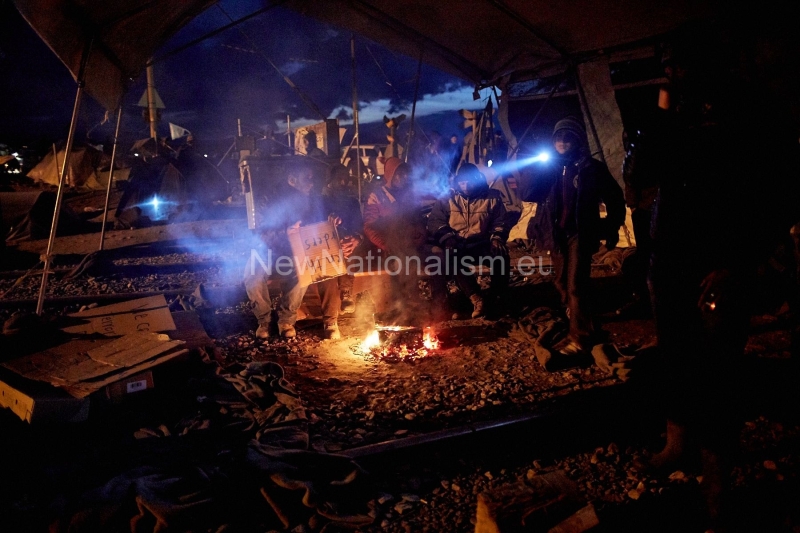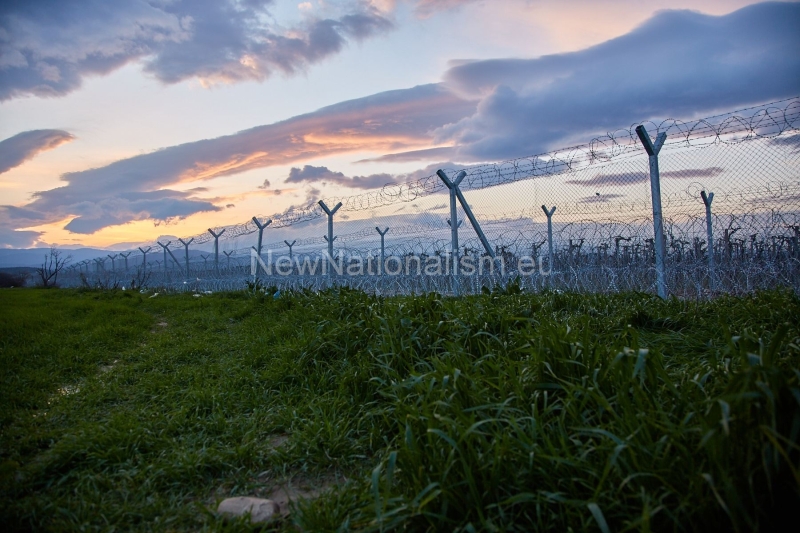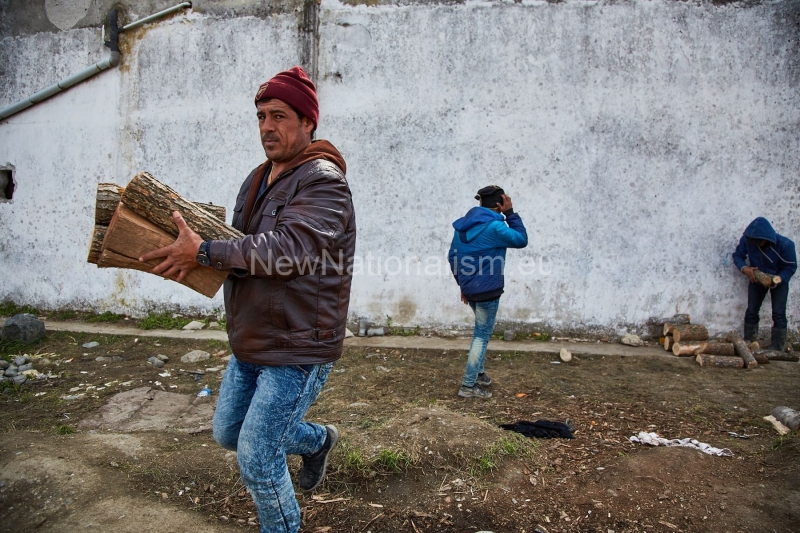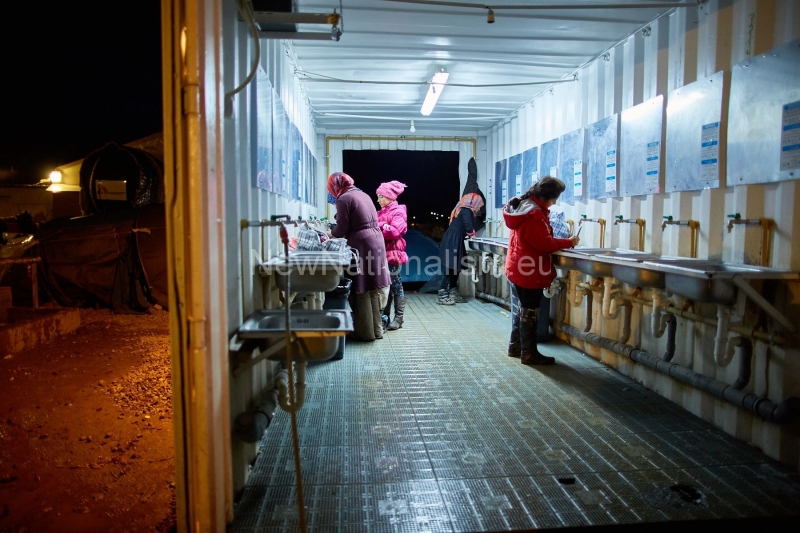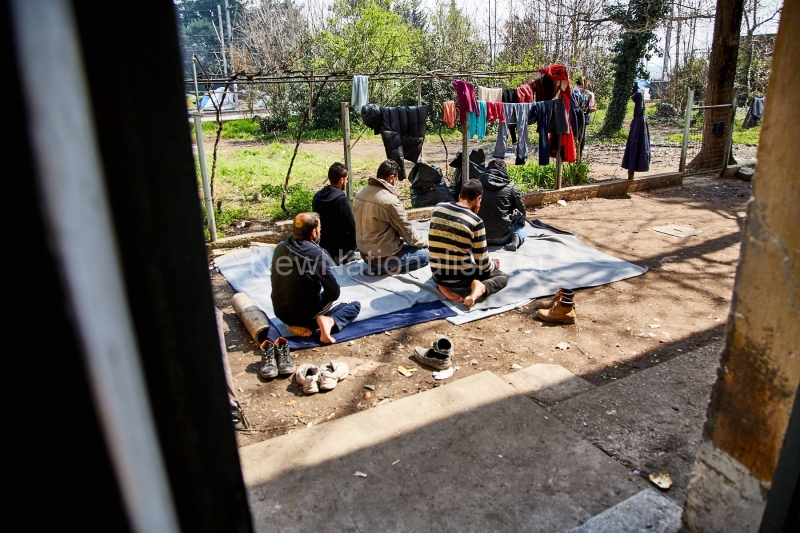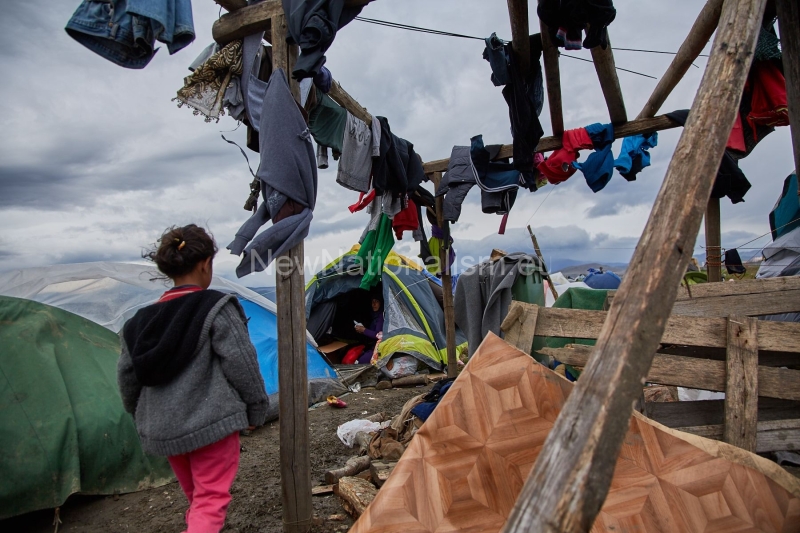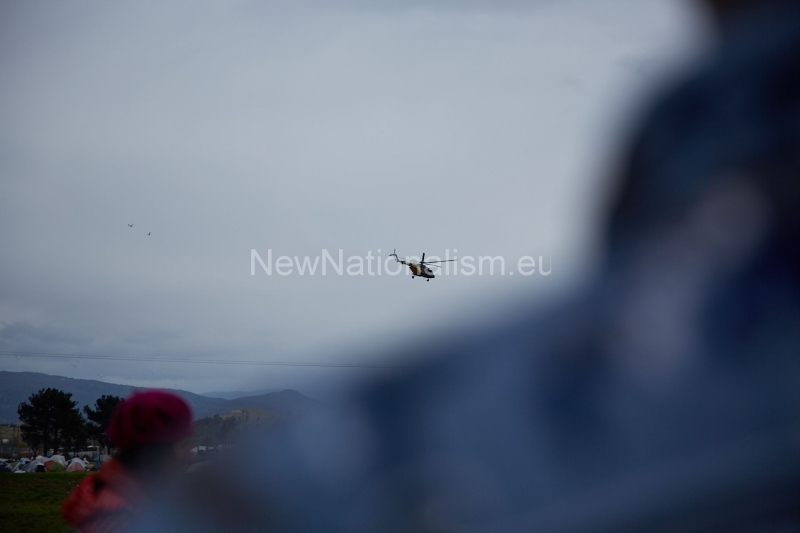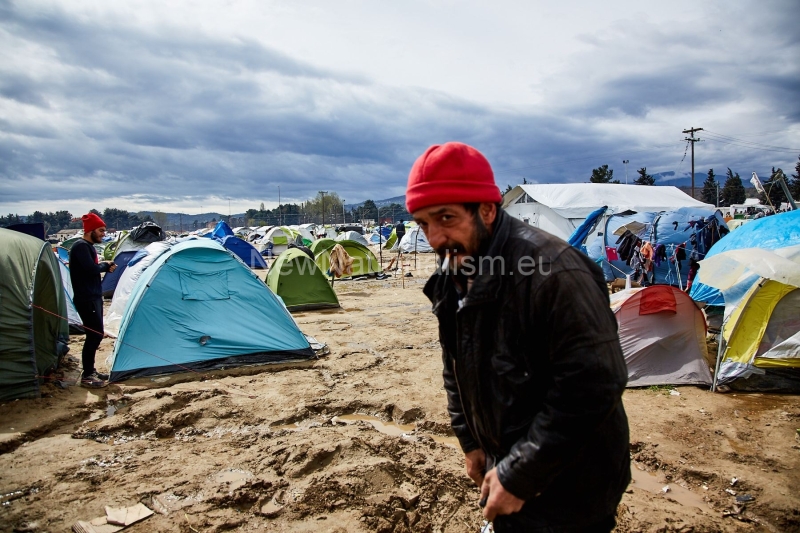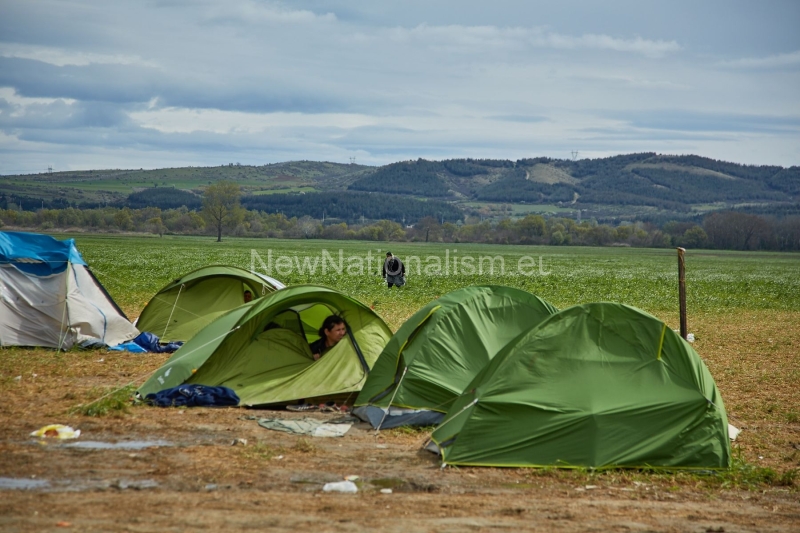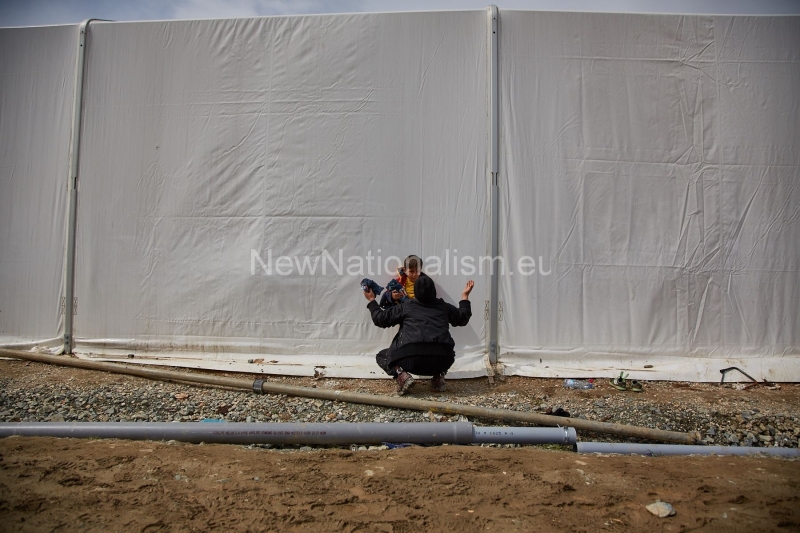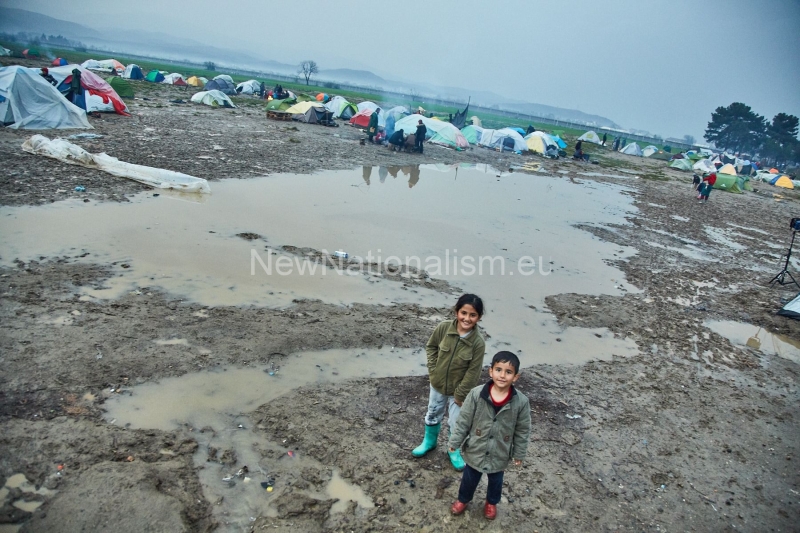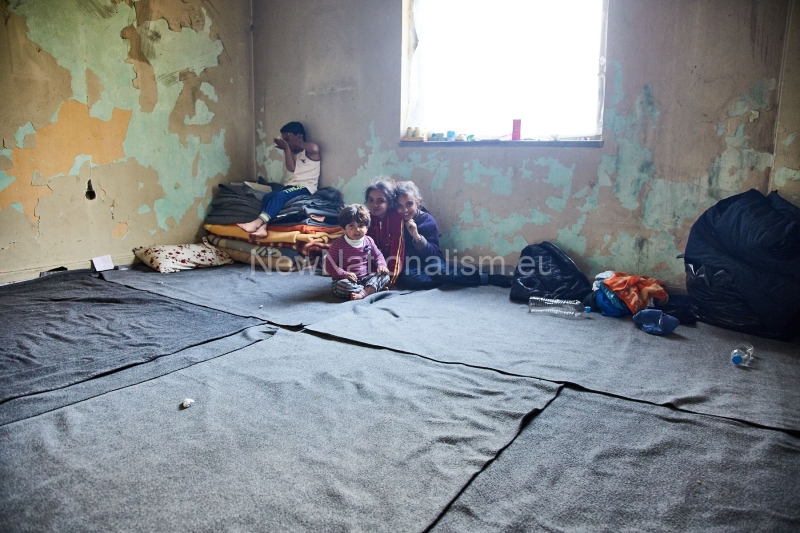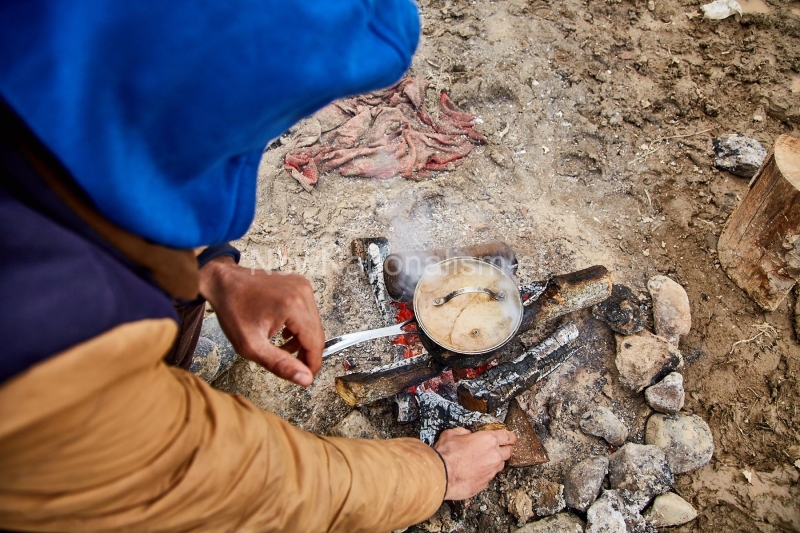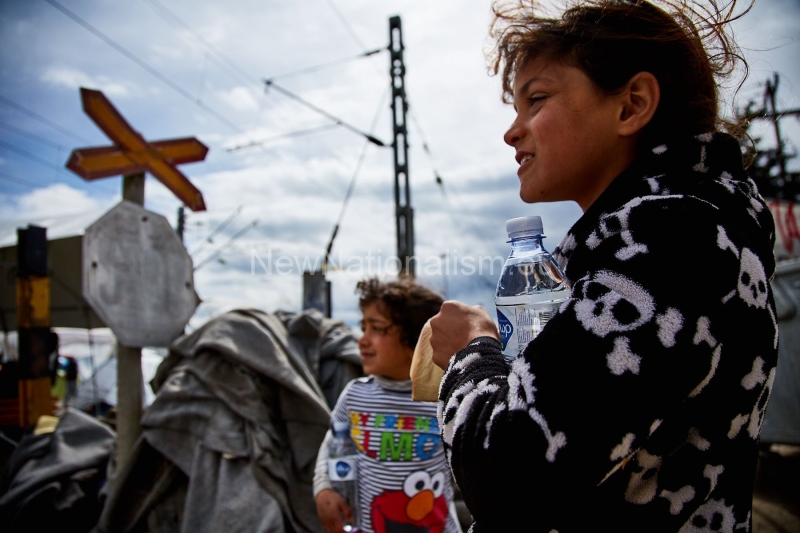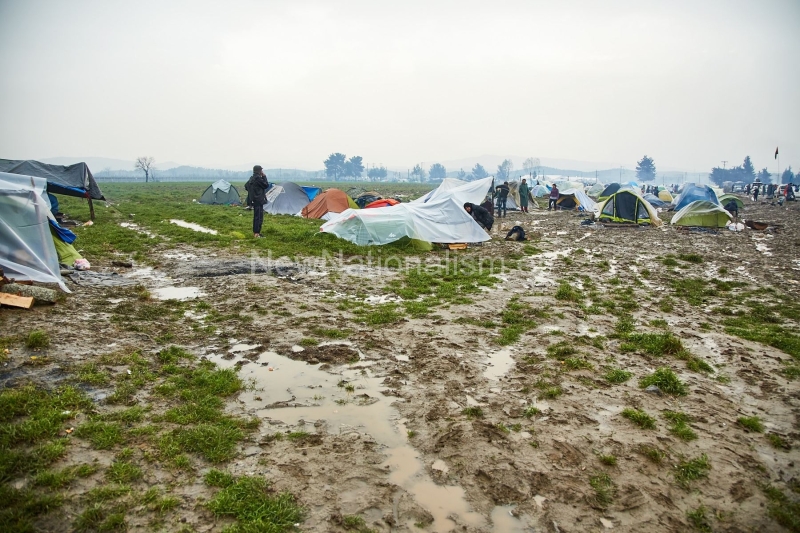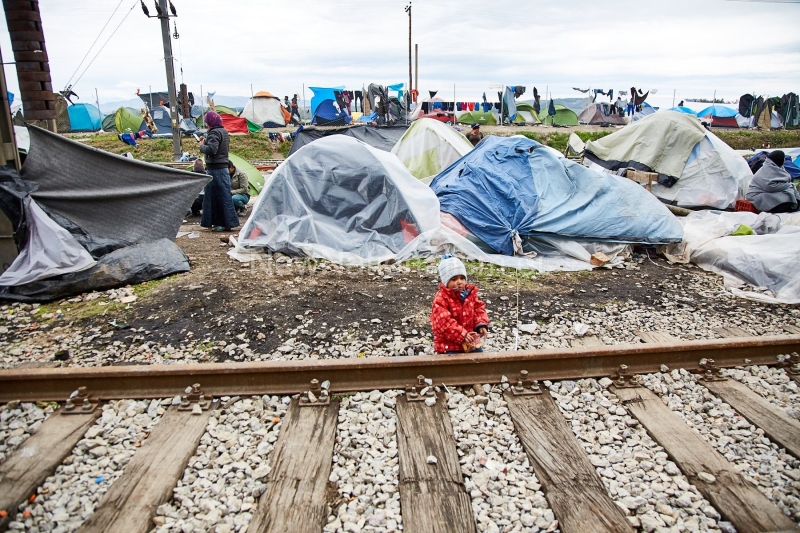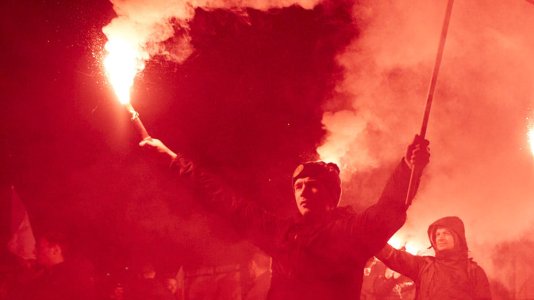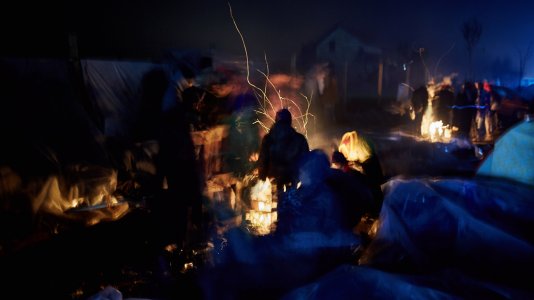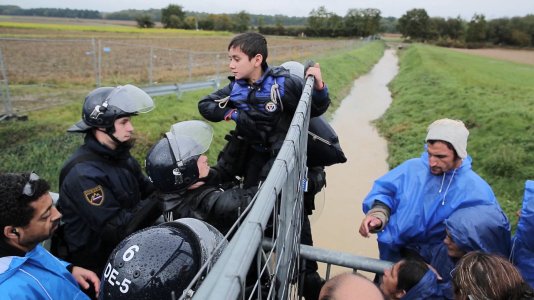The Idomeni refugee camp in Greece has become an emblematic symbol of the ongoing refugee crisis in Europe. Located on the Greek-Macedonian border, the camp was initially designed to accommodate around 1,500 people but quickly became overcrowded as the influx of refugees and migrants continued. At its peak, the camp housed over 8,500 individuals, leading to dire conditions and a severe lack of resources.
Life in Idomeni was marked by constant struggle and uncertainty. With limited access to basic necessities such as food, water, and medical care, residents faced a daily battle for survival. The overcrowded conditions led to the spread of diseases, while the lack of proper sanitation facilities added to the misery of the inhabitants.
The majority of the camp’s residents were fleeing war and persecution in countries such as Syria, Afghanistan, and Iraq. As they sought refuge in Europe, many found themselves stranded in Idomeni due to border closures and restrictive immigration policies. With their futures hanging in the balance, tensions in the camp often ran high, resulting in occasional conflicts and unrest.
Despite the challenging conditions, humanitarian organizations, volunteers, and local community members stepped in to provide aid and assistance to the camp’s residents. They worked tirelessly to distribute food, clothing, and medical supplies, while also offering emotional support and a sense of hope in the face of adversity.
However, in May 2016, Greek authorities took action to evacuate the camp and relocate its residents to government-run camps throughout the country. Over 2,000 people were voluntarily transported in government buses, while riot police were sent in to ensure the remaining residents complied with the evacuation order.
The closure of the Idomeni camp was met with mixed reactions. While many believed it was a necessary step to improve the living conditions of the refugees, others argued that the relocation to government-run camps would only lead to further isolation and segregation. Moreover, concerns were raised about the lack of transparency and the overall preparedness of the new facilities.
The situation at the Idomeni camp serves as a stark reminder of the challenges faced by refugees and migrants seeking safety and a better life in Europe. As the crisis continues, it is crucial for European leaders to work collaboratively to find sustainable and compassionate solutions to address the needs of those fleeing conflict and persecution.
















